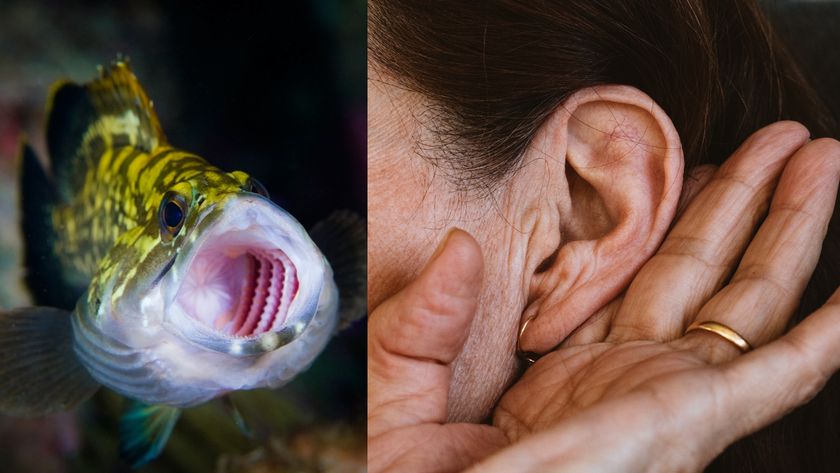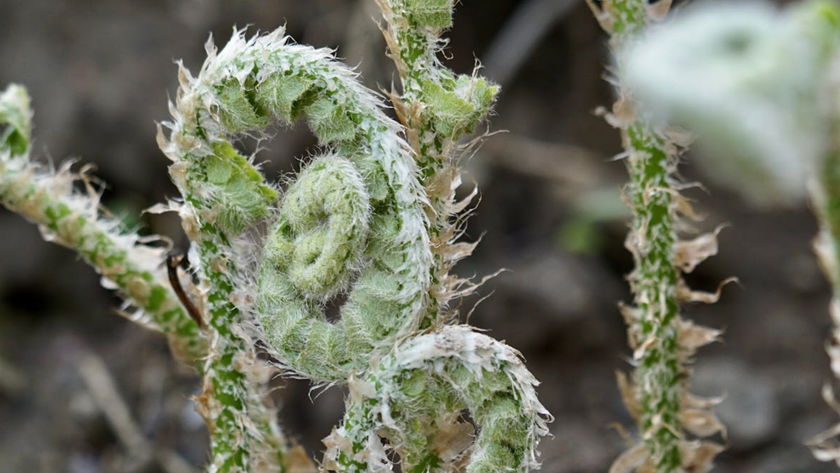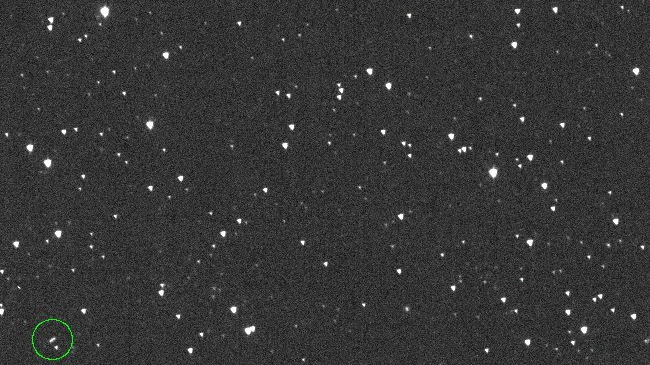African Hunter-Gatherers Are Offshoots of Earliest Human Split
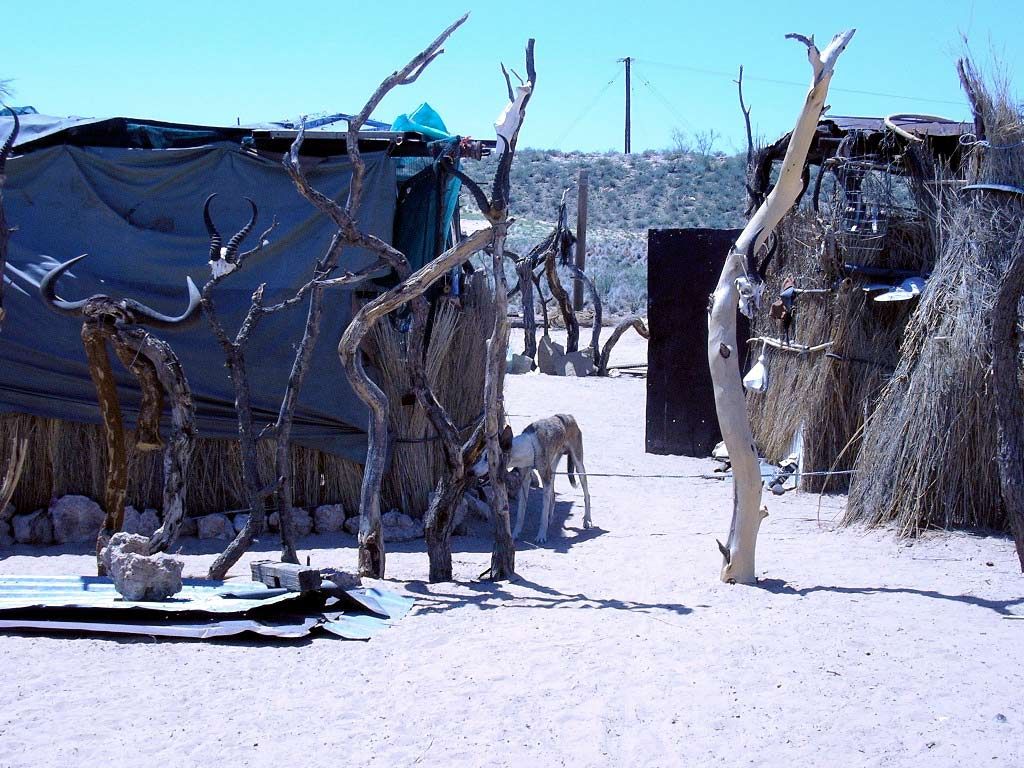
The Khoe-San people of southern Africa, who speak a language based on clicking sounds, are descendants of the most ancient genetic split found yet in living humans, finds an international group of scientists.
The results also reveal some of the evolutionary changes that helped give rise to modern humanity.
Anatomically modern humans (us), evolved about 200,000 years ago in Africa. Differences between people living today and our evolutionary relatives include much less pronounced eyebrow ridges and larger brains.
Much remains uncertain about how modern humans originated in Africa's cradle of humanity. For instance, researchers had long thought humans arose in eastern Africa, but recent studies hint at roots in southern Africa. [Image Gallery: Our Closest Human Ancestor]
Khoe-San genes
To help uncover the origins of humanity, scientists analyzed genetic variations across 220 individuals from 11 different populations in southern Africa to explore their relationships and commonalities. Approximately 2.3 million DNA variations were analyzed per person.
The investigators found the earliest diversification event in the history of all humans occurred about 100,000 years ago. That is well before modern humans migrated out of Africa and about twice as old as the divergences of central African Pygmies and East African hunter-gatherers and from other African groups, said researcher Carina Schlebusch at Uppsala University in Sweden.
Sign up for the Live Science daily newsletter now
Get the world’s most fascinating discoveries delivered straight to your inbox.
The descendants of this split are the Khoe-San people, the two hunter-gatherer ethnic groups who are known for speaking with clicks and share many other traits. Historically, the Khoe were pastoralists, employing domesticated sheep and cattle, while the San were hunter-gatherers.
It remains uncertain what exactly made the Khoe-San diverge and become genetically isolated from other African groups.Still, "the African continent is large, and there are geographic barriers to gene flow,"researcher Mattias Jakobsson, also of Uppsala University, told LiveScience.
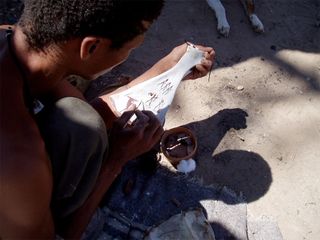
"Another factor that might play a role in the isolation of African populations is also the cycling of the ice ages," Schlebusch told LiveScience."In Africa, you get stages of really arid conditions with ice ages and we see population contractions."
The scientists aren't sure the purposes of the genetic variations that set the Khoe-San apart. The extent to which each gene variation shapes what people are like physically "is very, very hard to understand at this stage," researcher Himla Soodyall at the University of the Witwatersrand in South Africa told LiveScience.
Rise of modern humans
The researchers also identified genetic variations that emerged before this split between the Khoe-San and other groups, adaptations linked to the rise of modern humans as a whole. These appear linked with skeletal development, such as bone and cartilage growth, as well as immune system and brain cell function.
"There's one gene where if you have mutations in that gene, you get heavy eyebrow ridges and rib cages that look like something that could potentially be Neanderthal or archaic human," Jakobsson told LiveScience. This finding suggests that further analysis of these African groups "will help us understand the emergence of anatomically modern humans."
Instead of pinpointing a single location from which modern humans arose, the genetic analysis revealed "different parts of Africa show up as potentially being the origin of anatomically modern humans," Jakobsson said. That suggests many different groups contributed to the gene pool "that then later on became anatomically modern humans," he explained.
The research also yielded insights on how pastoralism first spread to southern Africa. Among the Nama, a pastoralist Khoe group, the scientists found a small but very distinct genetic component that is shared with east Africans — for instance, the cattle-herding Maasai.
"We postulate that this east African component was introduced by east African groups that brought pastoralist practices to southern Africa," Schlebusch said.
In addition, the northern San populations differed from the southern San in terms of their immune systems. "We know the southern San populations had more contact with Bantu-speaking individuals and also incoming colonists that colonized South Africa in the 1600s, so it might be that the southern San populations were exposed to more novel diseases than northern San populations which were more isolated," Schlebusch said.
The scientists detailed their findings online Sept. 20 in the journal Science.

